Celebrities Make Money from NFT
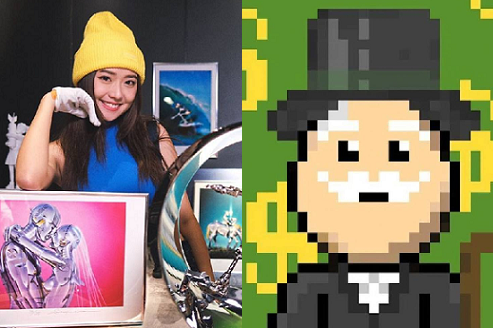
(Left) Joey is an avid toy collector (Right) “Who Is This Boy” digital collectibles features pop culture references.
With the non-fungible token (NFT) trend gaining traction in recent years, many Hong Kong artistes have been quick to jump on the bandwagon and see it as an income source, despite the risks involved. Among them is actress Joey Thye (戴祖儀), rumored to have earned $5 million Hong Kong dollars from an NFT investment she made with her friends.
Launched in February, Joey invested in an Alpaca NFT which sold out in 15 minutes. Since she claims to be only one of the investors, Joey clarified that the HK$5 million would not be entirely hers for the taking, crediting the developers for the earnings.
Celebrities Dabbling in NFT
Launched in end of January on peer-to-peer NFT marketplace OpenSea, “Who Is This Boy” series featuring an egg-shaped character in various renditions such as different animals, famous persons and popular cultural references, have earned the favor of many Hong Kong celebrities.
Among those who have purchased “Who Is This Boy” are Bob Lam (林盛斌), Coffee Lam (林芊妤), Jinny Ng (吳若希), Lai Lok Yi (黎諾懿), Luk Ho Ming (陸浩明), Kirby Lam (林秀怡), Sharon Chan (陳敏之), Hana Tam (譚杏藍). Jinny’s profit is said to have skyrocketed by fifty times from its issuance price of 0.05 ether.
To increase its attraction, “Who is the Boy” added a searching gameplay mechanism. Users who have collected specified NFT within the nine game worlds in 100 days stand a further chance to win 40ETH, with its value soaring to almost HKD10 million at one point, hence gaining wide attention.
Edison Chen Joins the Fray
Taiwanese celebrities have long joined the NFT fever to expand their brand, with pop superstar Jay Chou’s (周杰倫) NFT project featuring Phanta Bear virtual avatars topping OpenSea NFT ranks at one point, earning him the label “King of NFT”.
Edison Chen (陳冠希) has likewise jumped in, issuing his first “NVLPE Series Collection 01”, a Chinese New Year-inspired project which featured 8,888 digital artwork pieces across eight different fields including international tattoo artist Dr.Woo, The Heart Project x Emotionally Unavailable, and fashion label CLOT. However, sales kicked off to a chaotic start due to technical difficulties which left buyers waiting for their purchases – leading to moderators rushing to appease and apologize to them.
Other Hong Kong artistes jumping on the trend include Chilam Cheung (張建聲), Alex Fong (方力申), Judith Kwong (鄺潔楹) and Rainky Wai (蔚雨芯). While investing in cryptocurrency carries its risk, the celebrity interest in NFTs looks to continue for some time.
Source: Topick HK

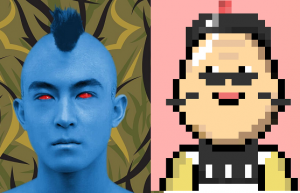
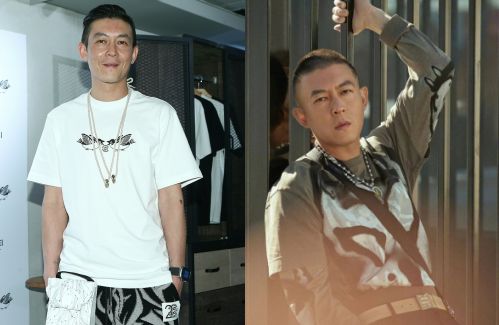

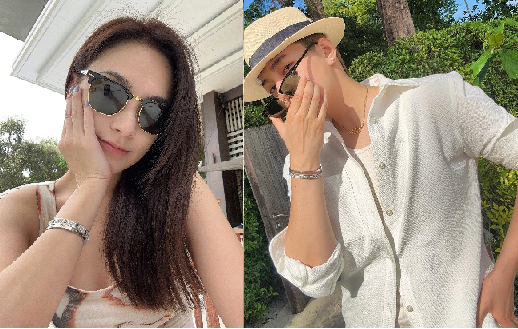


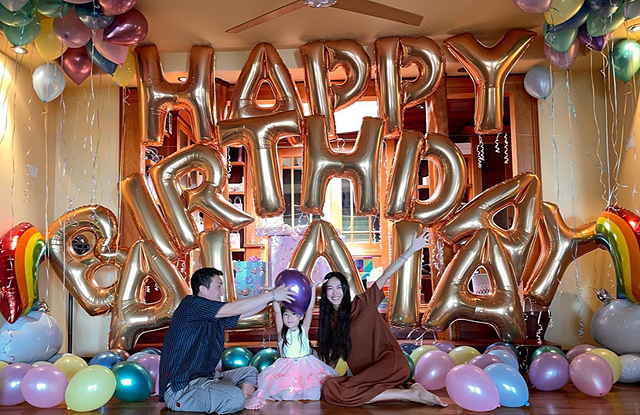



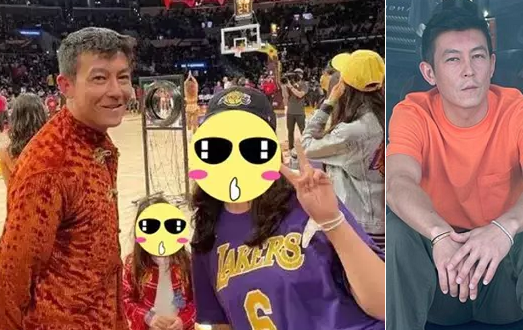
I cant get my head round this…I understand they dont actually get money in their bank account… It is virtual money or cryptocurrency… But if anyone can explain, it will be very helpful.
Actually they do get the money on their accounts, virtual currencies are tradable for all regular currencies. I am still not sure what all of them did (article is just throwing around the celebs names instead focusing on their role in the system, they might be creators or only traders as it seems according to this article) Currently quite popular are digital art in form of PhotoForProfile (PFP) or avatars, still topping all NFT sales rankings. The promise of metaverse and virtual worlds increased need for the original digital art and that is pushing NFT sales. Think of all games, virtual worlds, all new forms of online connecting. You and me could be now sitting in virtual cafe (someone has to design the place) with our virtual avatars (NFTs) and chatting about our self designed virtual clothes for example also NFTs (you can buy for example NIKE or Adidas and merge it with your PFPs or avatars or any other digital art). This is only example. Many great modern artists are doing digital art as well and now you can finally buy it and display it in virtual galleries or not. You can also use it at home if you prefer that or print it in real life on Tshirt for example. Point is that metaverse and virtual worlds are opening doors to new form of human interaction as social media did 20years ago. The real effect of implementation will be seen down the road 5-10 years.
@Dee Thank you Dee, I can understand it better now! Recently, I have been reading many earning Millions selling NFT…..Thus I really wondered.
Very helpful Dee! Almost sounds like SIMs!
Glad if it was helpful. There is a lot of paid hype in the press boosting FOMO (fear of missing out). Many are losing money as well. Most NFT projects are actually loss making, but there are some making seriously good returns. It is very early stage and it will get more lucrative over the years.
It seems like back then, it was a knowing fact that the rich who had spare change could afford to invest in old artwork where artists have passed away, making them cost millions whereas NFT is like a new alternative these days where anyone who has dabbled in crypto has the chance to buy digital artwork and they cost much more (i.e. millions) because they are in limited editions. I could be very wrong cos I’m not a crypto person, but it just appears that way for now.
NFTs are such a risky commodity, but I know a few friends that are leaving their full time jobs and focusing 100% in NFTs. You have no gov’t backing for something like this, so there’s no way out if you get scammed or someone steals your money. I do not want to see a case where people are putting all their money in, have the bubble pop and then relying on the gov’t to save them.
The problem right now with nfts is the lack of government regulations. It’s pretty much the wild west, so as a result it’s currently riddled with scammers. Digital art theft is a serious problem right now. You have people downloading other people’s digital art and minting it on the blockchain, then selling it as an authentic piece. Plus, the pure waste of energy to prop this thing up is insane. I predict lots of fomo people are gonna be left holding the bag while a few get rich off the majority.